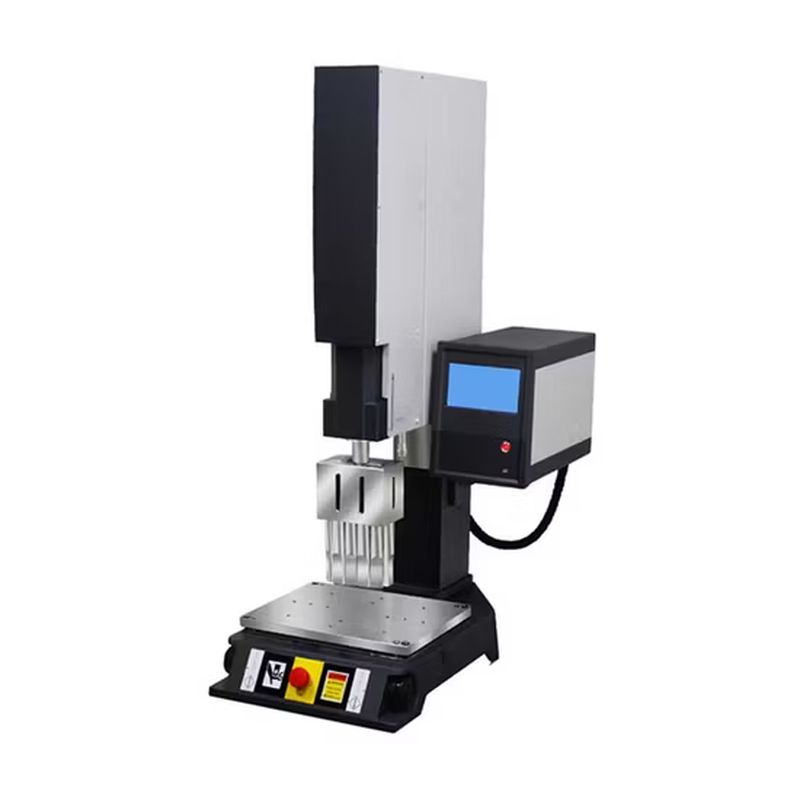What is a Manual Ultrasonic Welding Machine? What to Know
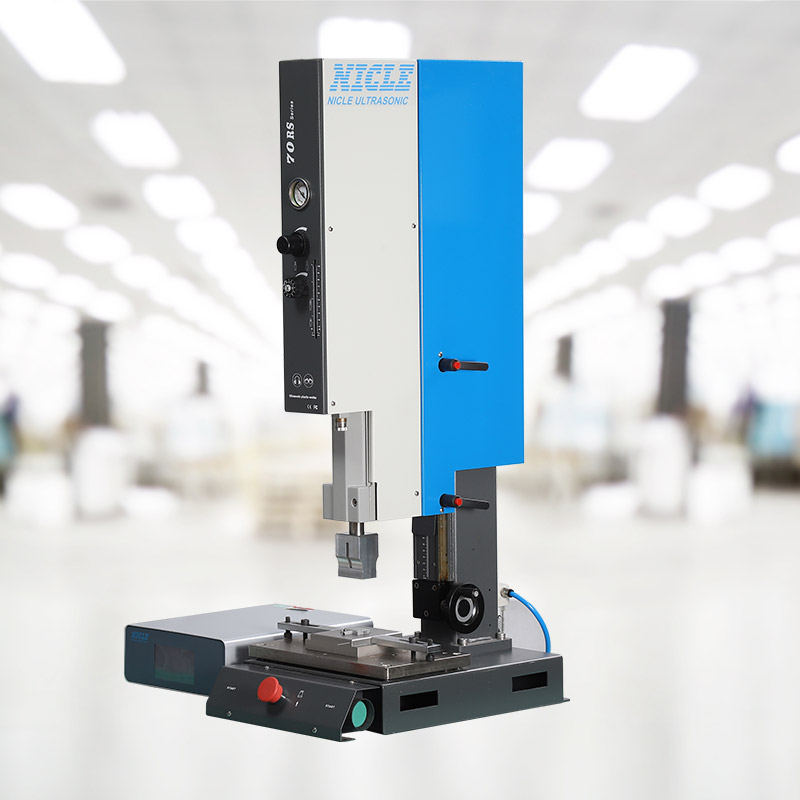
Are you tired of traditional welding methods that are time-consuming and require a lot of manual labor and looking for a way to join two pieces of material without the use of heat or electricity? No need to worry because manual ultrasonic welding machines have got you covered!
Manual ultrasonic welding machines will solve your welding requirements safely. The rise in popularity for ultrasonic technology happened in recent years due to its power to create accurate and robust welded joints.
Ultrasonic welding generates various advantages that traditional welding methods cannot match. For this reason, manual ultrasonic welding machines came forward to play this important role.
In this blog, we'll talk about manual ultrasonic welding machines. We'll explain how they work and why they're so useful. You'll see why these machines make a big difference by the end.

Table of Contents
What is a Manual Ultrasonic Welding Machine?
Features of the Manual Ultrasonic Welding Machine
Benefits of Using the Manual Ultrasonic Welding Machine
Applications of Manual Ultrasonic Welding Machine
Why Choose the Manual Ultrasonic Welding Machine?
Bottom Line
FAQs
What is a Manual Ultrasonic Welding Machine?
Ultrasonic describes sound waves that produce frequencies beyond human audible hearing range. Industrial facilities use high-frequency vibrations in ultrasonic welding processes.
High-frequency vibrations produce heat as well as friction that warms up the workpiece material. The produced heat from this process melts the materials present at the joint site so that a durable solid-state weld forms. The technology creates welds between different materials types.
An important point to note about this technology is that it does not require any filler material to join the workpieces. Ultrasonic welding is very fast and accurate and can make a joint in less than a second.
Moreover, this ultrasonic welding machine comes in different variants. Each variant has varying parameters, which makes the machine ideal for various circumstances and scenarios.
Features of the Manual Ultrasonic Welding Machine
The manual ultrasonic welding machine features four essential components: a generator, transducer, booster, and sonotrode. The plastic welding machine needs each component to function properly to achieve efficient operation.
The high-frequency electrical energy production by the generator drives all operations in the process. After generation, the energy travels to the transducer to get transformed into mechanical vibrations. The plastic welder produces vibrations that enable ultrasonic welding since they generate the required bonding force.
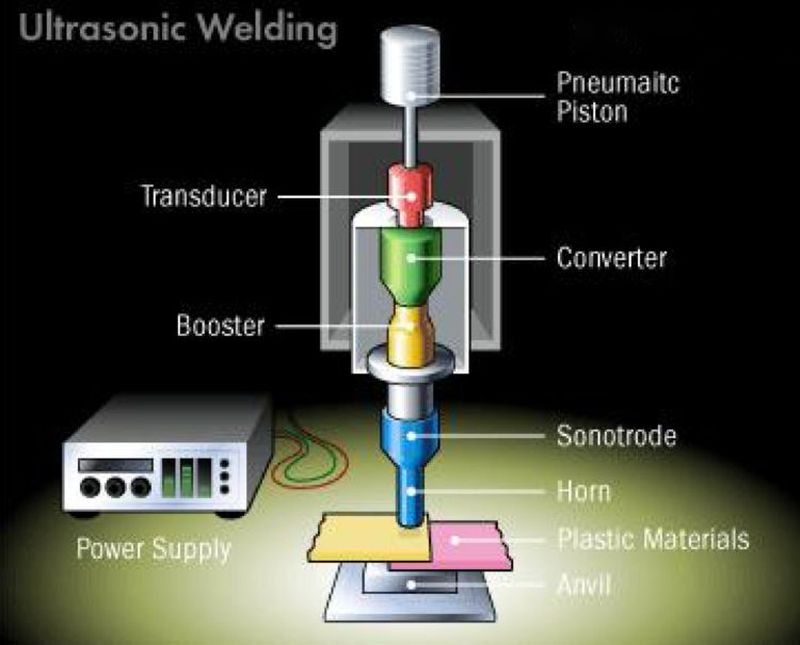
Furthermore, the booster and sonotrode work together to deliver these vibrations to the materials being welded. The booster amplifies the vibrations to the right level and ensures they are strong enough for the task.
Finally, the sonotrode completes the system by directly applying vibrations according to the specific welding application through its specially designed shape. The system consists of various components that enable accurate and time-efficient welding procedures.
Benefits of Using the Manual Ultrasonic Welding Machine
There are many benefits of using this seamless joint machine, a few of which are mentioned below:
Compact Design
The ultrasonic welding machine occupies a small area and works perfectly when placed on bench surfaces. It utilizes aluminum and high-strength polymers to construct a transportable device.
Multiple welding machine components, including transducers, generators, and horns, are merged into handheld or desktop units for integrated operation.
Simple Controls
The ultrasonic welding device features clear user interfaces with control knobs and a digital interface to handle time and amplitude adjustments with pressure settings. Ultrasonic welders include foot pedal activation together with trigger controls, which enable hands-free usage when necessary.
The device provides tool-less operations to exchange sonotrodes between different welding tasks.
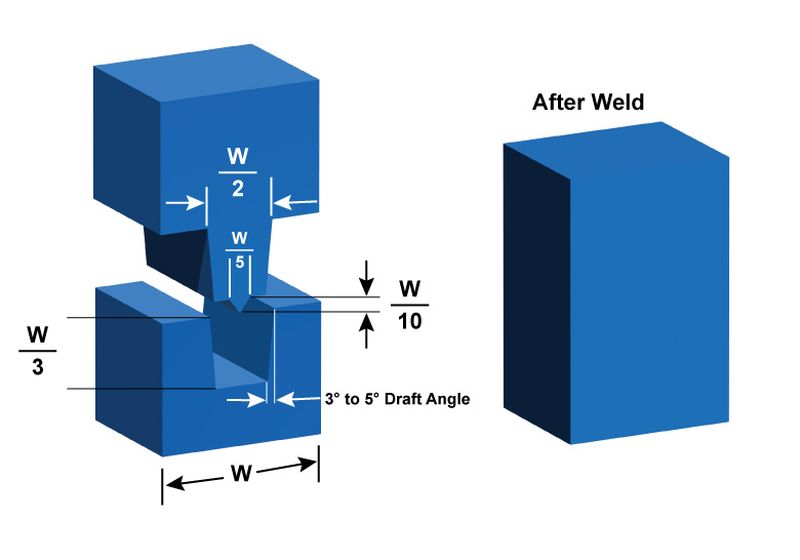
High-Precision Welding Capabilities
Manual ultrasonic welding machines provide precise joining operations through their ability to ensure metric precision welding capabilities on challenging delicate components. The ultrasonic welding equipment bonds material layers measuring down to 0.1 mm thickness without causing perforations.
Through high-frequency vibrations at ultrasonic frequencies ranging from 15kHz to 20 kHz, localized softening occurs. This eliminates heat-related part deformation.
Moreover, the vibration intensity of this device can be adjusted to deliver proper levels of energy toward thin materials or those that are sensitive to heat. The welding process directs exact ultrasound waves, which are confined to the weld location, thus restricting thermal diffusion.
Material-Specific Precision:
Thermoplastics, including ABS and PC in amorphous form together with PP and Nylon in semi-crystalline form, weld together smoothly without generating significant flash. They even mastered challenging materials like non-woven fabrics and leather, surpassing traditional joining methods.
Applications of Manual Ultrasonic Welding Machine
The manual ultrasonic welding machine is mainly used in industries where precision, speed, and strong and efficient joints are required. The following are the applications of this machine:
Plastic Welding
This includes industries such as automotive, electronics, packaging, medical equipment, toys, and consumer goods.
Metal Welding
This machine connects fine wires in microelectronics, such as semiconductors. It can also connect thin foils while manufacturing lithium-ion batteries. Spot welding by this machine is used in jewelry.
Textile and Nonwoven Fabric Bonding
This machine makes effective bonds in fabrics like sportswear and masks, thus eliminating the need for stitching. It can also be used in making the connections between layers of fabrics like diapers, masks, and air filters.
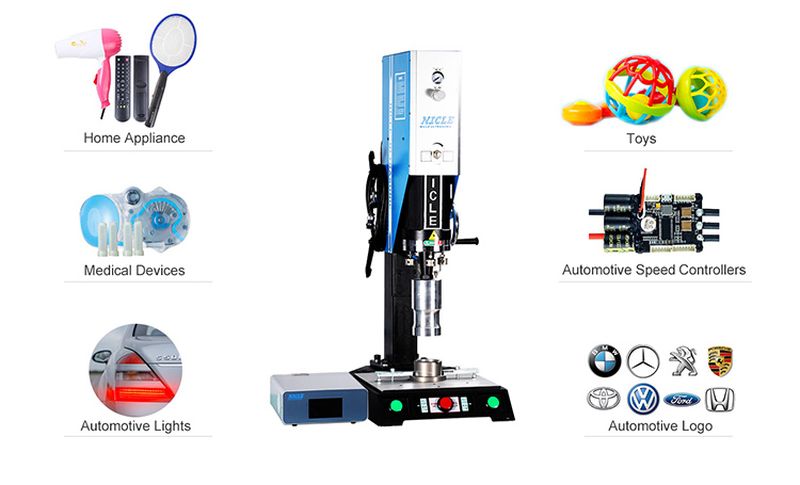
Repair and Prototyping
The manual Ultrasonic welding machine can be used to fix broken parts like car bumpers. It is also used in R&D Labs for the testing purposes of plastic assembly prototypes.
Why Choose the Manual Ultrasonic Welding Machine?
Dizo manual ultrasonic welding machine is an excellent choice for several reasons, which are described below:
Precision and Control
This ultrasonic welding equipment is ideal for small parts like electronics, medical devices, car plastic parts, etc., where precision is a critical factor. The manual operation enables the adjustments of frequency and amplitude of vibrations in real-time, which confirms the best weld quality.
No Consumables and Adhesives
While welding with the manual ultrasonic welding machine, extra adhesives like glue are not required. It makes a strong bond even without these materials. This makes it important for use in the semiconductor, packaging, and medical industries.
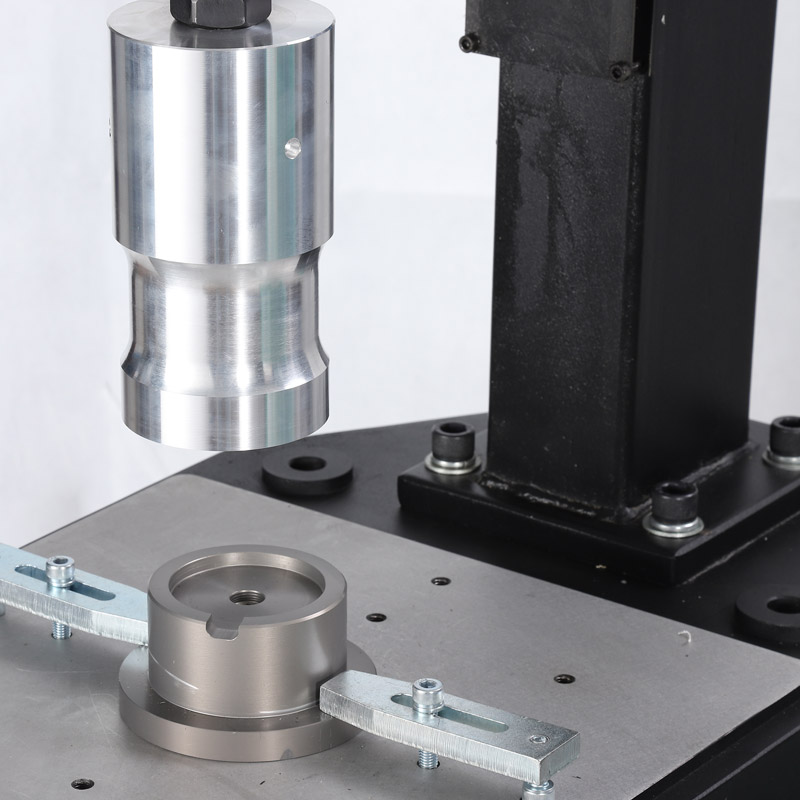
Fast and Efficient Process
This ultrasonic welder makes strong and durable bonds in a fraction of a second. It is also energy efficient when compared to laser welding machines.
Strong and Durable Bond
The bonds that this ultrasonic welding machine makes are airtight and watertight, which are essential for the automotive and medical industries. These bonds are even stronger than the base materials, thus reducing the failure risk.
Bottom Line
For a super quick weld in just 0.1 seconds, choose Dizo Manual Ultrasonic Welding Machine. It achieves reliable results without needing extra materials, making them a smart and green choice. This machine serves as dependable solutions for various manufacturing needs regardless of the material choice between plastics and metals or others.
Start planning your project and contact Dizo today to learn more about our products or to set up a consultation. Let us help improve your production process and grow your business!
FAQs
Do I need special training to use a manual ultrasonic welding machine?
While operating the machine is simple, some basic training can help you achieve better results and improve efficiency.
How long does it take to complete a weld using a manual ultrasonic welding machine?
The time it takes to complete a weld depends on several factors, including the material being welded and the size of the project. However, in general, the welding process takes only a fraction of a second.
Are there any safety precautions that need to be taken when operating a manual ultrasonic welding machine?
Yes, like any other industrial equipment, manual ultrasonic welding machines require proper safety measures.


